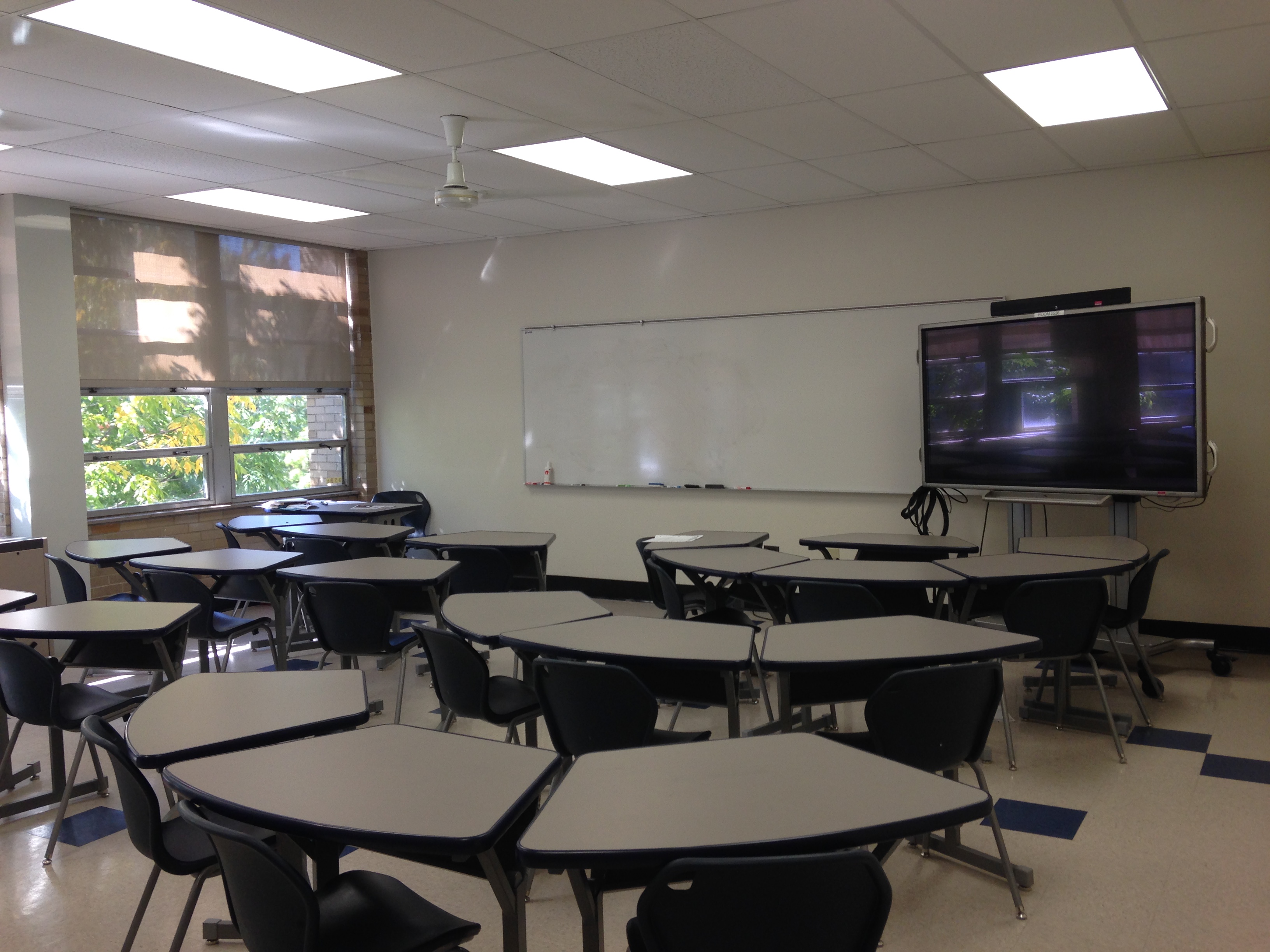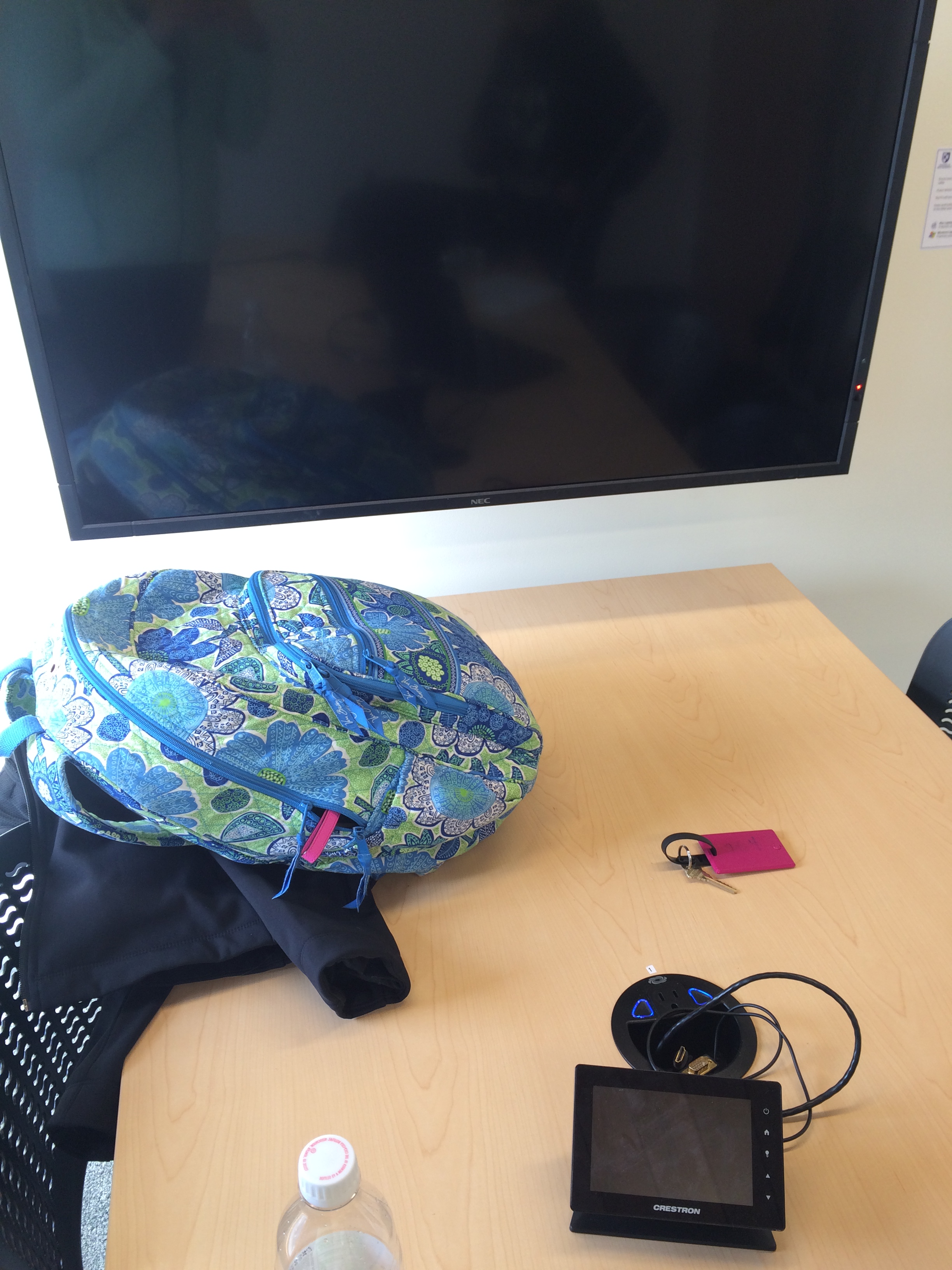See Extreme Platform ONE™ in Action
Take a TourWhat's a Collaborative Classroom and Why Is It Important?
Published: April 20, 2017
To be prepared for college and careers, students today must become adept at collaboration. Research has shown that physical space alone can improve student learning. These are two of the factors driving the concept of the collaborative classroom.
Often referred to as next-generation learning spaces or 21st century classrooms, collaborative classrooms are another tool in the educator’s arsenal to achieve their mission of improving learning outcomes. Collaborative designs are extremely flexible and fully compatible with emerging styles of learning, including personalized learning, flipped classroom, and gamification.
Collaborative Classroom Defined
The design of the collaborative classroom emphasizes group learning. Typically, tables enable small groups to sit and work together, unlike the rows of desks associated with factory model schools of last century. Each group has ready access to the Internet, multimedia displays and collaboration software. The group tables, shared table-top displays, and wall displays with unrestricted lines of view, are the most common characteristics of the collaborative classroom.
Implementing an effective collaborative classroom also requires an instructor station, simple remote control of the technology and lighting, quiet HVAC, and configurable audio/video. Some classrooms make use of special chairs to allow students to glide in and out of groupings or to sit at elevated tables.
See Wireless Collaborative Presentation System Product Round-Up for more on the latest products supporting the collaborative classroom.
The Variety of Learning Space Designs
The collaborative classroom is but one of a number of different types of emerging specialized classroom designs. Some designs are closely related to the collaborative classroom, such as Active Learning Classrooms (ALCs). Casual areas in libraries and lounges have evolved into the Informal Learning Space. With recent advances in virtual reality from Google Cardboard, Oculus Rift, and Samsung Gear, immersive learning environments are gaining traction.
Another concept is the makerspace or hackerspace. These are areas with tools, hardware, 3D printers, electronics, and supplies where students create, invent, and learn. Some schools, like Sinclair College, have implemented a variety of specialized learning spaces or laboratories that mirror the environments their students will operate in after graduation.
Here are photos of innovative inspiring classrooms and learning environments.
The Importance Of High Density Wi-Fi To The Collaborative Classroom
Given the need for flexibility and configurability, these classrooms must not be hamstrung by wired networking. All the devices in the classroom are moving to Wi-Fi networking. Video typically makes up a high portion of the content shared. Add to that the range of devices that the students will bring into the classroom and the need for high performance, completely-reliable Wi-Fi becomes paramount.
The network must be able to seamlessly control and monitor access, track bandwidth usage, and keep a record of application usage. Since Apple TV and Chromecast are often used with displays, the network must handle a full range of protocols, services, and standards including Airplay, Bonjour, and Miracast. In the more advanced collaborative classrooms, the screens can display images from student as well as teacher devices.
There are several ways to go about designing and implementing collaborative classrooms. Which method your school selects will depend on whether you are building new or remodeling an existing space; the size of your available budget; and the desired size of the collaborative groups. We’ll drill into the specifics of collaborate space design in the next blog of this series.
For information about the collaborative presentation systems that help enable the collaborative classroom, see our Wireless Collaborative Presentation System Round-Up.

Collaborative workspace at St. Xavier High School in Ohio.
Group study room set up at University of New Hampshire. See our product round-up of Wireless Collaborative Presentation Systems
This blog was originally authored by Robert Nilsson, Director of Vertical Solutions Marketing.
 US-United States
US-United States
 AU-Australia
AU-Australia
 CA-Canada
CA-Canada
 CH-China
CH-China
 EEN-Eastern Europe and Nordics
EEN-Eastern Europe and Nordics
 FR-France
FR-France
 DE-Germany
DE-Germany
 IT-Italy
IT-Italy
 JP-Japan
JP-Japan
 KR-Korea
KR-Korea
 LATAM-Latin America
LATAM-Latin America
 META-Middle East
META-Middle East
 NL-Netherlands
NL-Netherlands
 ES-Spain
ES-Spain
 UK-United Kingdom
UK-United Kingdom



